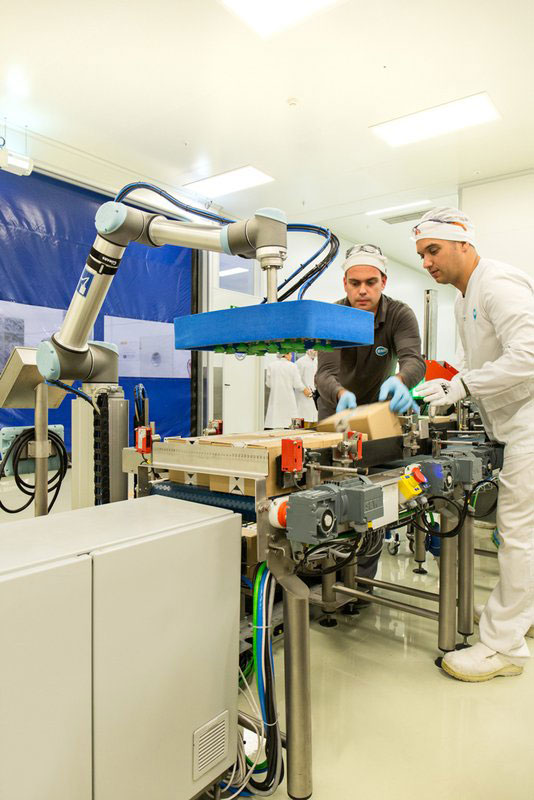In today’s world, robots are rather simple devices. Some of the simple tasks that our bodies execute such as picking up something, are a tad difficult for robots. The human brain is adept of processing numerous bits of data in a split second so that the action of picking up something does happen.
Robots, unlike humans, are not born but instead are built. They are forged by robot manufacturers from conventional materials. However, the industrial robotic arm draws a lot of similarities form the human arm. The linkages and joints contained in both are very similar. The robotic arm will draw power through these links in order to function.
Robotic arms are made up of several parts that help the arm to function correctly in terms of the work allocated to the robotic arm. This review will look at the internal makeup of an industrial robotic arm.
Parts of a Robotic Arm
It is not unusual that a robotic arm is made up of a couple of parts. They include the controller, the arm, the encoder, the end effector, sensors, and plenty more besides.

The Controller
The control system acts as the brain and central processor of the robotic arm. Using the controller, the robotic arm can be programmed automatically or rather receive instructions from an operator manually.
There are ideally the control consoles of the industrial robotic arms, and they come in a variety of models depending on the processing power required by the robotic arm. Some of these controls, depending on the complexity of the arm involve computer systems whereas others involve simple controllers such as conventional joysticks.
The Arm
The central arm is the main part of an industrial robotic arm, and it consists of three parts namely: the shoulder, elbow, and wrist. These three parts are connected together with the shoulder resting at the base of the arm and connected to the control system to enable front, back, and rotational movements.
The elbow is located in the middle, and it enables the upper section of the arm to move front and backward autonomous of the lower part. The wrist, on the other hand, is located at the very top of the robotic arm, and it is attached to the end effector.
The Encoder
An encoder is an instrument that shows the angle or position of the revolving shaft. Possession of an encoder can provide substantial data about what direction and how much the robot advances.
Optical encoders generally have a ring connected to the spinning rod of the motor. The ring has been cut at standard intervals to allow light pass through. On both sides of the ring are light-receiving elements; photodiodes and LEDs; light-emitting diodes. This is to differentiate the light intensity, both light, and dark.
Once the motor spins, the light will either pass through the slits or will be denied entry. The rotation position and velocity can be calculated by observing the signals. This will enable the servo motors to precisely manipulate angling and speed.
The End Effector
The end effector is basically the hand of the robotic arm. It usually is composed of two claws and sometimes three that open or close when instructed to do so. Some end effectors are also capable of spinning at the wrist, allowing for easy maneuverability of equipment and materials.
Sensors
These are parts contained in a robotic arm but are more likely to be found in advanced robots. Robotic arms equipped with sensors, recognise their surroundings and hence react accordingly. Sensors are very crucial in robotic arms because hey prevent collisions and accidents. For instance, the robot will stop if a manual operator appears to be in danger.
Conclusion
To sum it all up, this review has explained the general form of industrial robots and their internal structure as well. This knowledge can prove very crucial in understanding how the arm functions.
Discover more from Life and Tech Shots Magazine
Subscribe to get the latest posts sent to your email.